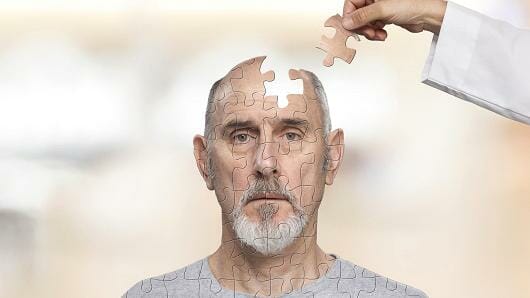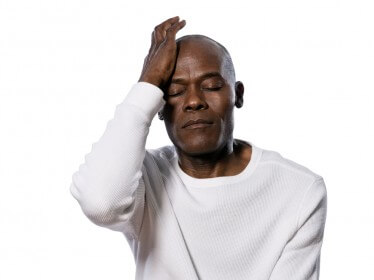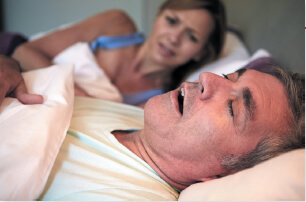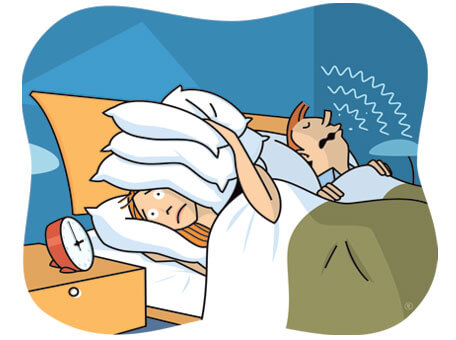The Buteyko Method is a popular method used by many people as a natural way to control your breathing and stop snoring.
The Buteyko Method and Snoring
Dr. Konstantin Buteyko was a Russian doctor, born in 1923 about an hour and a half from Kiev, Russia. During his medical training, and after hundreds of hours researching and documenting breathing patterns, Buteyko could actually guess the exact time a dying person was going to pass, just based on their breathing patterns, and how often they took their breaths. Buteyko was an expert in breathing habits, that eventually led to his own treatment of a fatal disease he was diagnosed with. During his schooling, Buteyko was actually suffering from malignant hypertension, which is a dangerous form of high blood pressure. It becomes onset very quickly and can easily damage your organs.

Under the observation of his professors and doctors, Buteyko started to inhale a series of short breaths, leading him to believe that he could actually treat his hypertension and reduce his pain by breathing short breathes instead of deep breathes. His self-treated practices blew away the 12-month death sentence suggested by his doctors and he lived for years studying breathing patterns and how they directly impacted many diseases and illnesses that are quite common today.
Buteyko developed a practice that consisted of a type of breathing exercises and movements to relax your breathing and maintain a constant stream of airflow in and out of the air passageways. Buteyko coined the term ‘over-breathing’, which he thought was onset by our modern day lifestyle that is caused by poor eating habits, a lack of physical activity, environmental pollutants, not getting enough sleep. He believed that we should naturally take short breathes instead of long deep ones.
Over-Breathing
Dr. Buteyko believed that we are actually breathing 2-3 times more than what we should actually be ingesting. Some signs of over-breathing are listed below.
- Sighing
- Loud breathing during a resting period
- Deep breaths before making conversation
- Breathing through your upper chest
His breathing exercises are now referred to as the Buteyko Method, a series of relaxed breathing practices like the following:
Holding Your Breath
Buteyko’s method includes holding your breath for several seconds in order to allow more airflow through the nose. Some people experience breathing issues in the nasal cavity due to allergies, a deviated septum or respiratory issues. This method involves pausing your breathing repetitively in order to create more of a demand for air in the nostrils.
Relaxing your diaphragm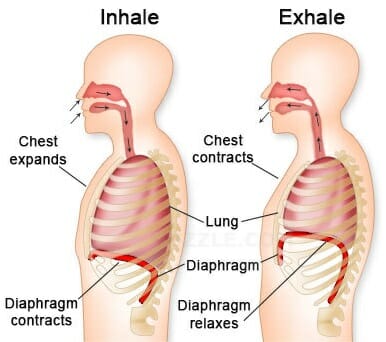
Relaxing your diaphragm is a common breathing exercise in Yoga. You can relax your diaphragm by taking a large deep breath and filling your belly and ribs with oxygen. Then you force every last bit of air out in a long exhale, as you focus your mind on ridding the air from your chest. Then hold the exhaled position for a few seconds and a calm and relaxed stance. This slows your heart rate, increases metabolism, and decreases inflammation.
Breathing through your nose instead of your mouth
More oxygen can be ingested through your mouth vs. your nose simply based on volume. You can inhale much more air through the opening of your mouth than you can breathe in through your nose. Buteyko promoted nostril breathing as much as possible in order to limit the number of breaths you inhale.
Track Your Breathing
Buteyko was an expert at tracking breathing by timing each breath and calculating how many seconds you inhaled versus how many seconds you exhaled, as well as how many seconds you paused during breathing.
Follow a Healthy Routine
Eating a healthy well-balanced diet, exercising each day, and avoiding pollution from the air and your surroundings are no surprise to those who wish to maintain a healthy lifestyle. Dr. Buteyko stressed the importance of eating natural, organic foods, free of processing and harsh chemicals. He also encouraged his patients to exercise regularly, which promotes airflow to all areas of the body, and keeps a healthy mind. He also thought it was important to not smoke, or be in the path of smoke from someone around you. Living in a non-polluted, natural environment was also strongly encouraged.
Buteyko conducted a study in 1967 with nearly 200 medical colleagues and over 1,000 patients. They treated each patient with Buteyko’s breathing exercises in a recommended daily regiment, and nearly all of his patients were able to treat their respiratory ailments and conditions effectively.
How Buteyko is similar to Yoga
The Buteyko Method is surprisingly similar to several yoga breathing exercises. Certain yoga poses or exercises focus on relaxed breathing patterns, just like in Buteyko’s method. The point is to relax the diaphragm and open up your nasal cavities to promote nasal breathing. Read more about these yoga breathing techniques.
How Does Buteyko Stop Snoring?
The basic premise behind the Buteyko Method is that your body can thrive and remain healthy by practicing nasal breathing exercises while simultaneously clearing any nasal obstructions that could be the culprit behind snoring.
There is some grey area around the Buteyko Method since there are no recently documented clinical trials that prove that this is 100% effective to stop snoring or treat sleep apnea.
If you are searching for a non-invasive treatment for snoring, there are many over the counter products available to give you a good night’s rest. Many products include nasal dilators, breathing strips, and snoring mouthpieces.
Whichever treatment option you choose, you should always consult a doctor to monitor your 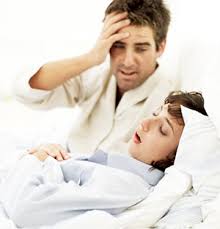 sleeping patterns and work with you on an effective treatment plan. If you suffer from severe snoring, you may actually be suffering from a severe sleeping disorder called obstructive sleep apnea. Signs of sleep apnea include some of the following:
sleeping patterns and work with you on an effective treatment plan. If you suffer from severe snoring, you may actually be suffering from a severe sleeping disorder called obstructive sleep apnea. Signs of sleep apnea include some of the following:
Loud and disruptive snoring
You or your bed partner may be losing sleep at night because your snoring could be waking your or your bed partner up at night. If you have been told that you snore very loudly, or find yourself waking up at night because of your snoring, you could have sleep apnea. Loud snoring is not normal, especially on a regular basis.
Daytime Drowsiness
If you suffer from daytime drowsiness and notice that you are tired in the middle of the day and are rather lethargic, this could be due to you not getting a good night’s rest.
Headaches
Waking up to a headache first thing in the morning is the worst. This may be the result of the lack of oxygen going to your head and brain throughout the night. If you suffer from sleep apnea, you actually stop breathing for several seconds over the course of the night, and it may occur hundreds of times in a given night. The lack of oxygen being circulated to all parts of your body is very dangerous and needs to be addressed.
Morning Dry Mouth
Experiencing a dry mouth in the morning is also another sign of sleep apnea. Since snoring is a symptom of sleep apnea, your throat and mouth may become dry, especially if you snore through your mouth instead of your nose.
If you or a loved one experience many or all of these signs, it’s important to seek medical attention immediately, as sleep apnea may lead to hypertension, heart failure, early states of dementia, and stroke.
Share This Post:

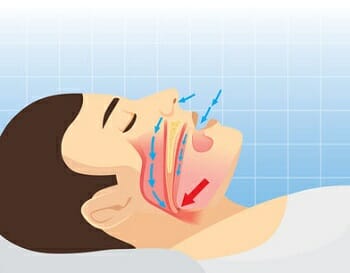
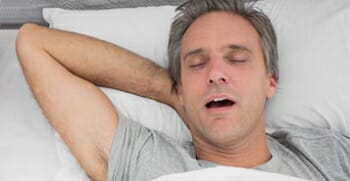 Snoring, UARS and OSA have a lot in common and are easy to confuse with each other. What’s the difference between snoring, UARS, and OSA and why is there so much confusion between the three? One common characteristic between the three is the occurrence of some level of airway resistance. Also, all three often exhibit similar symptoms.
Snoring, UARS and OSA have a lot in common and are easy to confuse with each other. What’s the difference between snoring, UARS, and OSA and why is there so much confusion between the three? One common characteristic between the three is the occurrence of some level of airway resistance. Also, all three often exhibit similar symptoms. Being so closely related, how can I tell each one apart? Let’s say for instance a person snores and constantly feels tired throughout the day. Which diagnosis is most likely?
Being so closely related, how can I tell each one apart? Let’s say for instance a person snores and constantly feels tired throughout the day. Which diagnosis is most likely?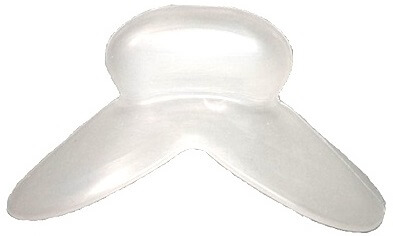 The Good Morning Snore Solution is a tongue stabilizing device that was introduced by Dr. Leslie Dort of Canada in 2007 after several studies were conducted, proving this device to be effective. Here’s
The Good Morning Snore Solution is a tongue stabilizing device that was introduced by Dr. Leslie Dort of Canada in 2007 after several studies were conducted, proving this device to be effective. Here’s  Putting aside the issues regarding the legal sale of non-authentic GMSS items on eBay, what makes the official GMSS better? Simply stated, it has to do with the quality and type of material that is used to produce it.
Putting aside the issues regarding the legal sale of non-authentic GMSS items on eBay, what makes the official GMSS better? Simply stated, it has to do with the quality and type of material that is used to produce it. Take one look and the first thing you will notice is the $99.00 price tag of the GMSS and the $5.00 cost of the similar product that is sold on eBay. There is a whopping $95 difference between the two. You may ask yourself whether or not GMSS is overcharging for their product? How do those on eBay sell for only $5 and make a profit?
Take one look and the first thing you will notice is the $99.00 price tag of the GMSS and the $5.00 cost of the similar product that is sold on eBay. There is a whopping $95 difference between the two. You may ask yourself whether or not GMSS is overcharging for their product? How do those on eBay sell for only $5 and make a profit?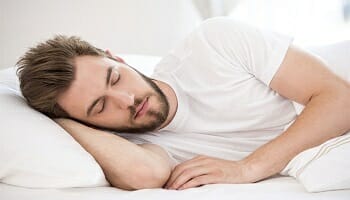
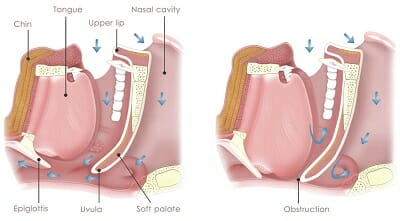 In the Israel study, 1118 of the 2077 patients (53.8%), who typically had breathing abnormalities while asleep, no longer experienced any issues when made to sleep on their side. Exactly why is it that simply sleeping on one’s side makes such a remarkable difference in snoring? The answer is best explained by examining the area in which snoring typically originates.
In the Israel study, 1118 of the 2077 patients (53.8%), who typically had breathing abnormalities while asleep, no longer experienced any issues when made to sleep on their side. Exactly why is it that simply sleeping on one’s side makes such a remarkable difference in snoring? The answer is best explained by examining the area in which snoring typically originates.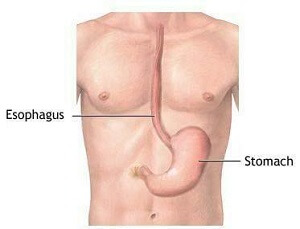
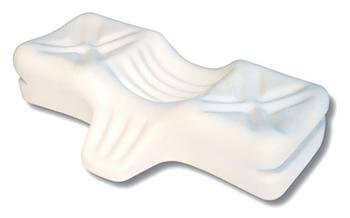 Whether you choose to sleep on your left side or right side, the question that you are likely wondering is – How do I remain on my side throughout the night? After all, it’s very easy to fall asleep on your side and eventually end up on your back despite all efforts to remain on your side. The truth is, most of us toss and turn throughout the night while asleep. Is it even possible to control rolling over while sleeping?
Whether you choose to sleep on your left side or right side, the question that you are likely wondering is – How do I remain on my side throughout the night? After all, it’s very easy to fall asleep on your side and eventually end up on your back despite all efforts to remain on your side. The truth is, most of us toss and turn throughout the night while asleep. Is it even possible to control rolling over while sleeping?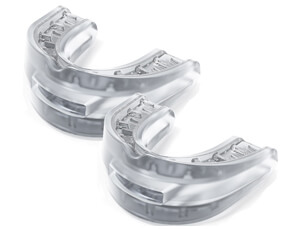
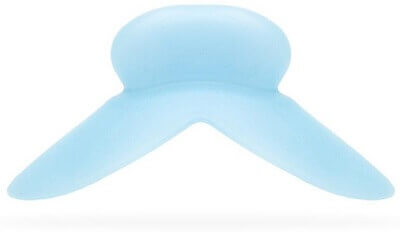
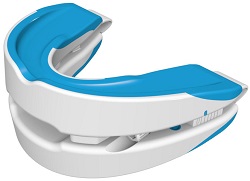
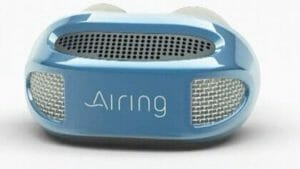 constantly pumps air through the nose and down the airway in a constant stream, just like the normal size machines do, only it’s a fraction of the size, is more user-friendly, easier to transport, and takes up less space.
constantly pumps air through the nose and down the airway in a constant stream, just like the normal size machines do, only it’s a fraction of the size, is more user-friendly, easier to transport, and takes up less space.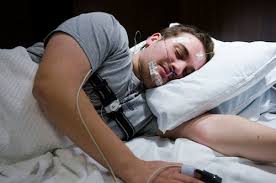 A polysomnogram is a sleep test that monitors motions and actions of the body and brain while you sleep. It’s commonly referred to as a ‘sleep study’. The study is conducted over night in a hospital setting where you are hooked up to different monitors, screens, and cameras. Your brain waves, heart rate, breathing patterns, blood pressure, and movements in the eyes are all monitored closely by your doctor in the sleep lab.
A polysomnogram is a sleep test that monitors motions and actions of the body and brain while you sleep. It’s commonly referred to as a ‘sleep study’. The study is conducted over night in a hospital setting where you are hooked up to different monitors, screens, and cameras. Your brain waves, heart rate, breathing patterns, blood pressure, and movements in the eyes are all monitored closely by your doctor in the sleep lab.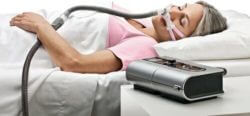
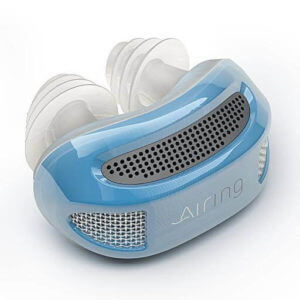

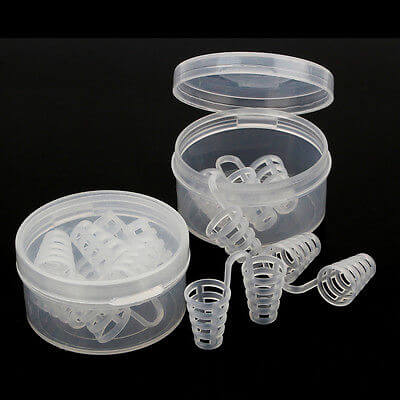
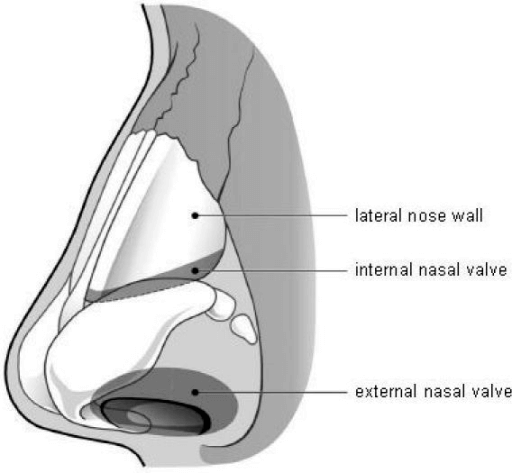
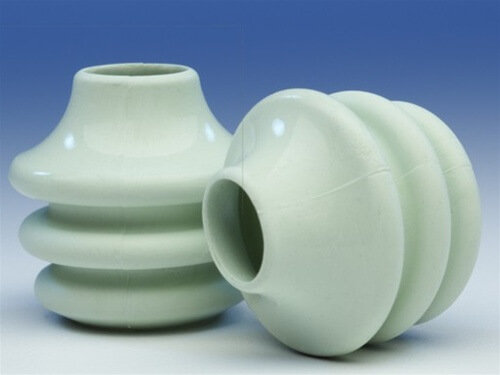
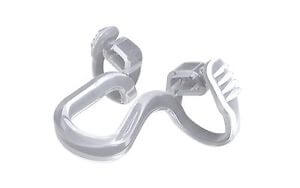
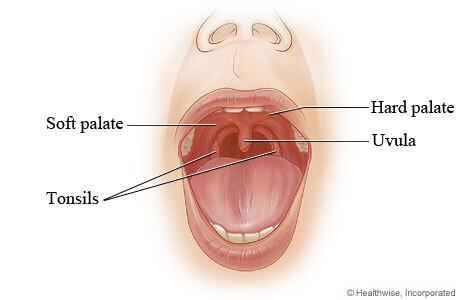

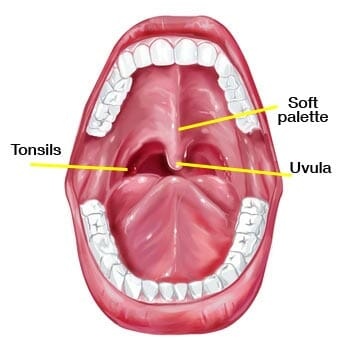
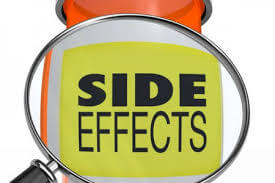
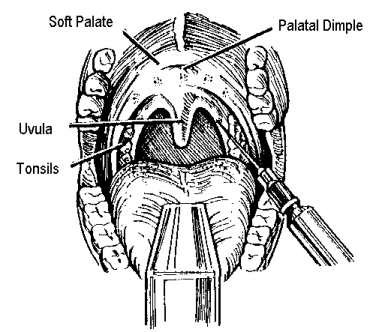
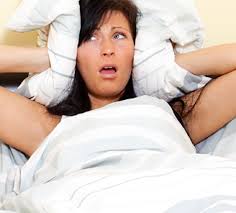
 When it comes to treating Obstructive Sleep Apnea, there are now more options available than ever. Two of the most popular treatment options are Continuous Positive Airway Pressure (CPAP) Therapy and Oral Appliance Therapy.
When it comes to treating Obstructive Sleep Apnea, there are now more options available than ever. Two of the most popular treatment options are Continuous Positive Airway Pressure (CPAP) Therapy and Oral Appliance Therapy.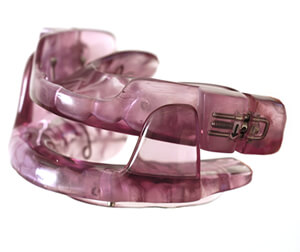 The Mandibular Advancement Device (MAD), also commonly referred to as a Mandibular Advancement Splint (MAS) utilizes a concept that is completely different from the CPAP type machines. The device consists of an upper and lower plastic tray that is molded to fit the mouth precisely. The lower tray is connected to the upper tray in order to form the mouthpiece. The trays are typically adjustable which allows your dentist to fine-tune the device to suit your needs.
The Mandibular Advancement Device (MAD), also commonly referred to as a Mandibular Advancement Splint (MAS) utilizes a concept that is completely different from the CPAP type machines. The device consists of an upper and lower plastic tray that is molded to fit the mouth precisely. The lower tray is connected to the upper tray in order to form the mouthpiece. The trays are typically adjustable which allows your dentist to fine-tune the device to suit your needs.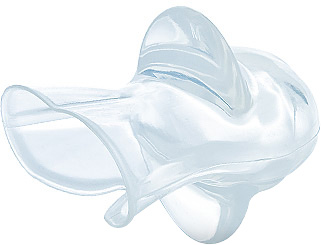 The Tongue Stabilizing device (TSD) also known as a Tongue Retaining Device (TRD), is a different type of mouthpiece that is used to perform the same function as a MAD. With the TSD, a small device, which somewhat resembles a pacifier, attaches to the end of the tongue using a suction bulb device. The patient squeezes the bulb, places their tongue inside and allows the device to pull the tongue into place.
The Tongue Stabilizing device (TSD) also known as a Tongue Retaining Device (TRD), is a different type of mouthpiece that is used to perform the same function as a MAD. With the TSD, a small device, which somewhat resembles a pacifier, attaches to the end of the tongue using a suction bulb device. The patient squeezes the bulb, places their tongue inside and allows the device to pull the tongue into place.
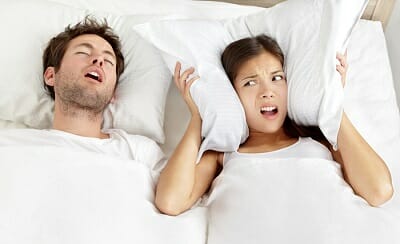 Snoring – it’s a problem that affects over ninety million Americans on a nightly basis. Although snoring is viewed by many in a joking manner, it can very easily cause a serious relationship strain, especially if one of the partners becomes sleep deprived due to being kept up by their significant others snoring. This issue can quickly lead to
Snoring – it’s a problem that affects over ninety million Americans on a nightly basis. Although snoring is viewed by many in a joking manner, it can very easily cause a serious relationship strain, especially if one of the partners becomes sleep deprived due to being kept up by their significant others snoring. This issue can quickly lead to  Tackling the issue or snoring starts with engaging in conversation with your loved one. Approach the situation with a level head while keeping in mind that their snoring is not intentional. It’s very likely that they are not even aware of how their snoring is impacting your sleep. After all, they are asleep and have no idea what goes on once their head hits the pillow. When approaching your partner, be sure to do so in an appropriate setting where you both are relaxed and less likely to overreact or become upset. For instance, discussing your partners snoring after they had a stressful day at work may not be the best time to engage in conversation. For instance, perhaps a low stress time after you have enjoyed a vacation together would be appropriate.
Tackling the issue or snoring starts with engaging in conversation with your loved one. Approach the situation with a level head while keeping in mind that their snoring is not intentional. It’s very likely that they are not even aware of how their snoring is impacting your sleep. After all, they are asleep and have no idea what goes on once their head hits the pillow. When approaching your partner, be sure to do so in an appropriate setting where you both are relaxed and less likely to overreact or become upset. For instance, discussing your partners snoring after they had a stressful day at work may not be the best time to engage in conversation. For instance, perhaps a low stress time after you have enjoyed a vacation together would be appropriate. Now that your partner is engaged in a conversation, ask what their thoughts are on the situation. Beware, they may jokingly respond by telling you to get earplugs. If your partner is reasonable, they will likely empathize with you and agree to discuss a solution. If they disagree that snoring is an issue, it may take some work to get them to better understand where you are coming from. For instance, you may try to further elaborate by giving examples of how your sleep deprivation is affecting your life and potentially theirs. Perhaps you are so tired by the evening that you constantly take naps and are having difficulty waking up to prepare dinner. Maybe you don’t have the energy to do the activities that you once enjoyed doing together.
Now that your partner is engaged in a conversation, ask what their thoughts are on the situation. Beware, they may jokingly respond by telling you to get earplugs. If your partner is reasonable, they will likely empathize with you and agree to discuss a solution. If they disagree that snoring is an issue, it may take some work to get them to better understand where you are coming from. For instance, you may try to further elaborate by giving examples of how your sleep deprivation is affecting your life and potentially theirs. Perhaps you are so tired by the evening that you constantly take naps and are having difficulty waking up to prepare dinner. Maybe you don’t have the energy to do the activities that you once enjoyed doing together.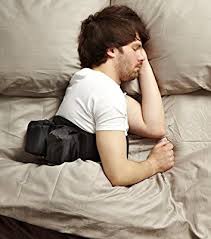 Reducing your partner’s snoring is often achievable by having them sleep on their side. If you notice that they snore loudly while on their back but not while on their side, there is a good chance that they are a positional snorer and could benefit from sleeping on their side.
Reducing your partner’s snoring is often achievable by having them sleep on their side. If you notice that they snore loudly while on their back but not while on their side, there is a good chance that they are a positional snorer and could benefit from sleeping on their side.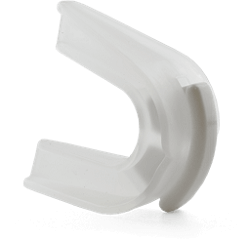 A snoring what? Yes, A snoring mouthpiece, also known as a
A snoring what? Yes, A snoring mouthpiece, also known as a 
